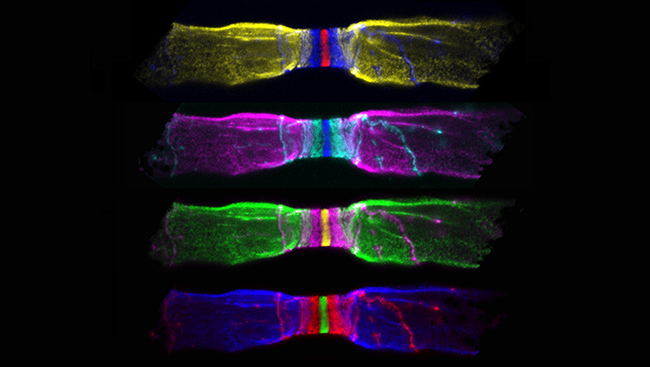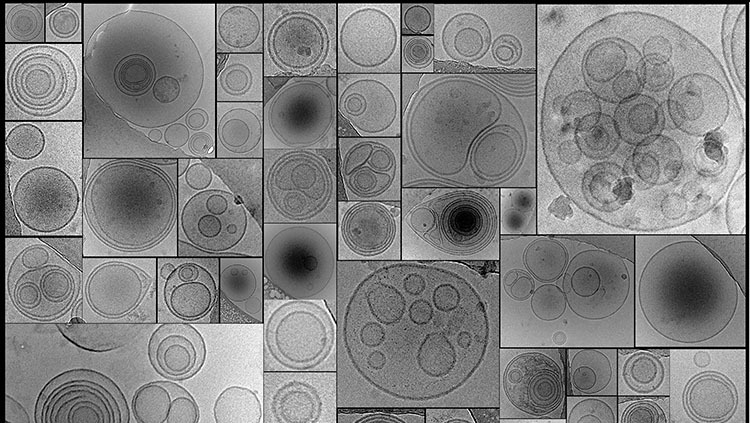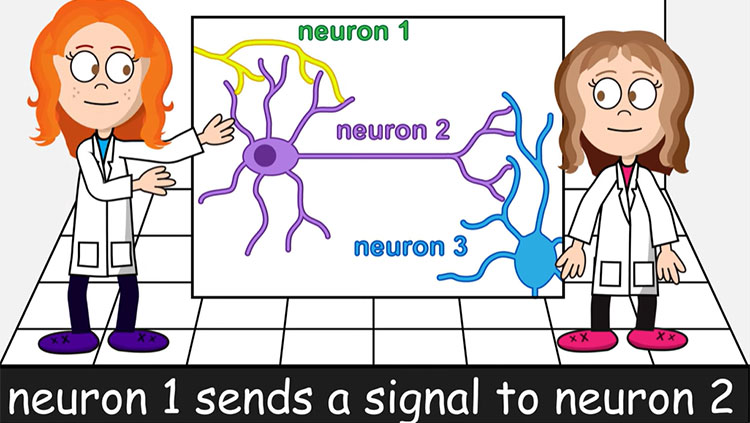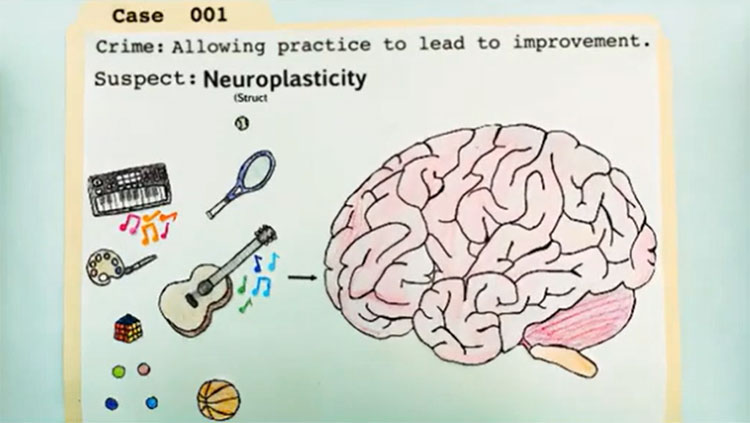Speeding Up Brain Signals
- Published18 Jul 2014
- Reviewed18 Jul 2014
- Author Michael W. Richardson
- Source BrainFacts/SfN

In order for messages to pass between brain cells, electrical signals must travel along the axons of individual neurons. Myelin — a fatty material that wraps around axons (pictured on the left and right of nerve fibers above) — preserves the strength of these signals, allowing them to move quickly along the axon. At each node, or gap in the myelin sheath (center above), electrical signals are amplified, allowing the signal to jump to the next node. Scientists are currently studying these nodes for clues about disorders like multiple sclerosis, a disease that damages the myelin coating on nerve cells and disrupts the transmission of messages between the brain and body.
CONTENT PROVIDED BY
BrainFacts/SfN
Also In Cells & Circuits
Trending
Popular articles on BrainFacts.org


















